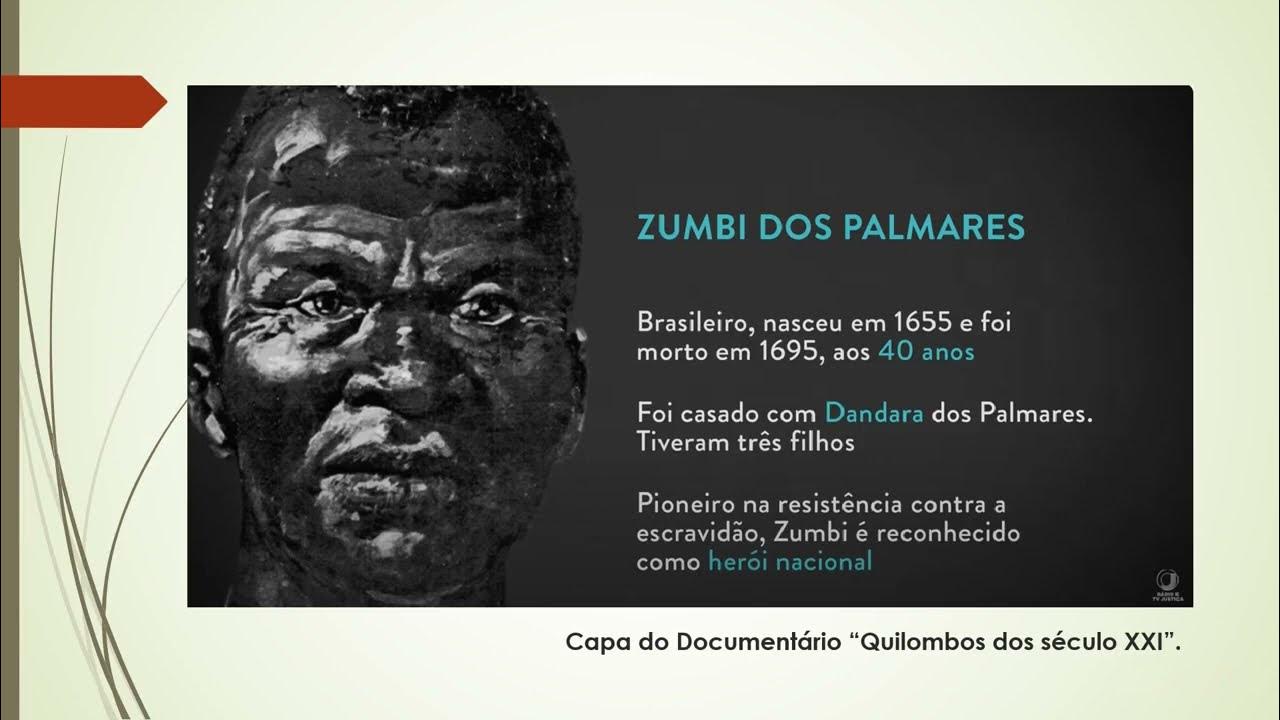RESISTÊNCIA À ESCRAVIDÃO E CULTURA AFRO-BRASILEIRA
Summary
TLDRThis video script explores the rich history of Afro-Brazilian resistance, highlighting the role of quilombos and the preservation of African culture in Brazil. It discusses how enslaved Africans resisted through escape, forming communities like quilombos, and how they maintained their cultural traditions, including music, dance, and religious beliefs. The jongo, a form of African-influenced dance and music, is highlighted as a key expression of resistance and community, carrying metaphorical messages that allowed enslaved people to communicate. Today, these cultural practices continue to shape Afro-Brazilian identity and heritage.
Takeaways
- 😀 Millions of Africans, from various origins, were brought to Brazil over three centuries of slavery, primarily to work in sugar and coffee plantations.
- 😀 Enslaved Africans resisted slavery in various ways, one of the most significant being escape, often forming quilombos—communities of runaway slaves and marginalized people.
- 😀 Quilombos were not only homes for escaped slaves but also a sanctuary for indigenous people, freed blacks, and poor whites, preserving African culture and solidarity.
- 😀 Even after the abolition of slavery in 1888, many Afro-Brazilian families continued to live in quilombos, maintaining the customs and traditions of their African ancestors.
- 😀 Afro-Brazilian communities still fight for the recognition of their land rights, seeking formal titles for the quilombo territories they inhabit.
- 😀 Cultural resistance played a key role, with African traditions such as music, dance, religious beliefs, and rituals being preserved and integrated into Brazilian culture.
- 😀 The jongo is a prime example of Afro-Brazilian cultural resistance, combining African roots with Brazilian identity and symbolizing resistance, tradition, and religion.
- 😀 The jongo was practiced by slaves in the southeast of Brazil, particularly in coffee and sugar plantations, where it evolved as an expression of resistance and solidarity.
- 😀 The jongo’s metaphorical lyrics enabled enslaved people to communicate covertly, allowing them to resist without the slaveholders understanding their messages.
- 😀 The jongo remains a vital aspect of Afro-Brazilian culture, with its percussive rhythms, dance, and poetic elements continuing to reflect the historical struggle and resilience of Afro-Brazilians.
Q & A
What role did enslaved Africans play in the early Brazilian economy?
-Enslaved Africans were primarily used as labor on sugar plantations during the early colonial period and later on coffee farms, significantly contributing to Brazil's agricultural economy.
What is a Quilombo and what purpose did it serve during and after slavery?
-A Quilombo was a community formed by runaway slaves, which also included indigenous people, freed blacks, and poor whites. It served as a safe haven for those seeking freedom and a place to preserve their culture and heritage.
How did the abolition of slavery in 1888 impact the Quilombo communities?
-Despite the abolition of slavery in 1888, many families continued to live in Quilombos, maintaining the cultural traditions of their ancestors. These communities still face challenges in securing land ownership and recognition of their rights.
In what ways did enslaved Africans resist slavery apart from escape?
-Enslaved Africans resisted slavery in multiple ways, including cultural preservation, creating art forms, and expressing resistance through music and dance like the Jongo, which was used as a form of communication and rebellion.
What is the significance of Jongo in Afro-Brazilian culture?
-Jongo is a significant Afro-Brazilian cultural expression combining percussion, dance, and poetic elements. It has roots in Bantu traditions and was used by slaves to communicate covertly and resist their oppression through songs and dances.
How did Jongo allow slaves to communicate without being understood by overseers?
-Jongo used metaphorical poetry and coded songs that the overseers could not understand, allowing slaves to communicate important messages and express resistance without risking punishment.
What cultural practices were maintained in Quilombo communities after the abolition of slavery?
-After the abolition of slavery, many Quilombo communities preserved African cultural practices, including music, dance, and religious beliefs, maintaining a connection to their ancestral heritage.
What role did religious beliefs play in the resistance to slavery?
-Religious beliefs played a crucial role in the resistance to slavery, offering a sense of spiritual strength and solidarity among enslaved Africans. These beliefs were often woven into cultural practices and expressions like Jongo, where rituals and songs were infused with spiritual meanings.
Which African heritage is most prominently seen in the Jongo dance and music?
-The Jongo dance and music most prominently reflect Bantu heritage, incorporating elements of African rhythm, poetry, and dance traditions that were preserved and adapted in Brazil.
How are Afro-Brazilian cultural traditions, like the Jongo, celebrated today?
-Afro-Brazilian cultural traditions, such as Jongo, are celebrated today by communities and groups who continue to practice and pass down these traditions through public performances, festivals, and cultural events, preserving the memory of resistance and cultural identity.
Outlines

Esta sección está disponible solo para usuarios con suscripción. Por favor, mejora tu plan para acceder a esta parte.
Mejorar ahoraMindmap

Esta sección está disponible solo para usuarios con suscripción. Por favor, mejora tu plan para acceder a esta parte.
Mejorar ahoraKeywords

Esta sección está disponible solo para usuarios con suscripción. Por favor, mejora tu plan para acceder a esta parte.
Mejorar ahoraHighlights

Esta sección está disponible solo para usuarios con suscripción. Por favor, mejora tu plan para acceder a esta parte.
Mejorar ahoraTranscripts

Esta sección está disponible solo para usuarios con suscripción. Por favor, mejora tu plan para acceder a esta parte.
Mejorar ahoraVer Más Videos Relacionados

Salvador - Breve Historia das Capitais Brasileiras - Documentário Brasileiro - Online - Grátis

REVISÃO ENEM | HISTÓRIA: ESCRAVIDÃO NAS AMÉRICAS | ESQUENTA ENEM | DESCOMPLICA

What is the history of Africans in Brazil?

🎥 Documentário - Escravidão no Brasil - Parte I

ANÁLISE DA OBRA QUILOMBOS DO SÉCULO XXI | RÁDIO E TV JUSTIÇA 2019 | OBRA DO PAS 2 DA UnB

DOCUMENTÁRIO MOJUBÁ I - Episódio 1 de 8 (Origens)
5.0 / 5 (0 votes)
